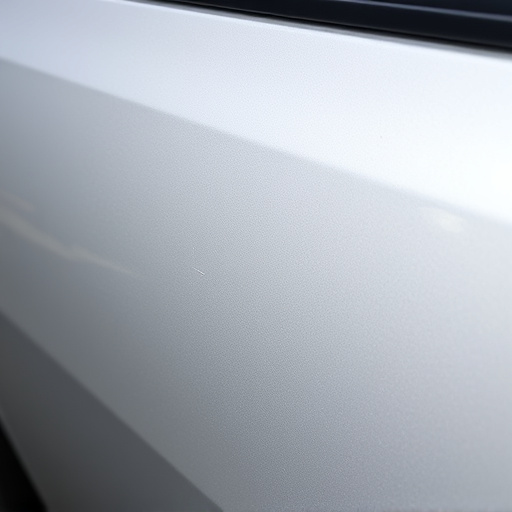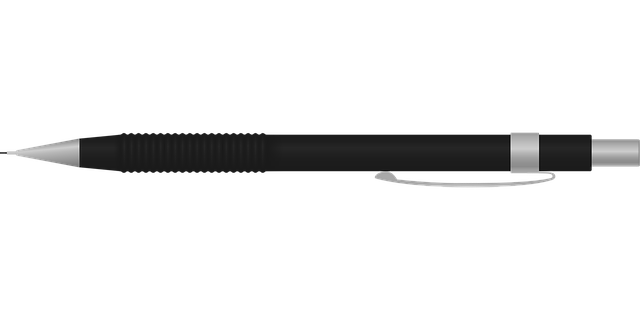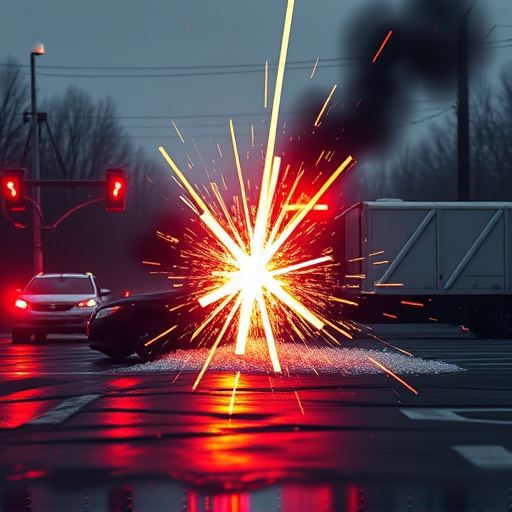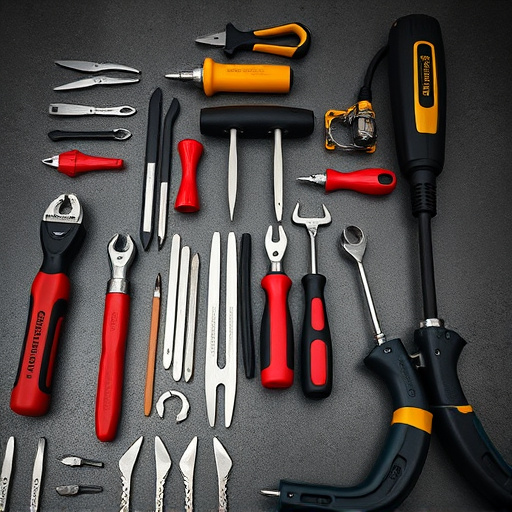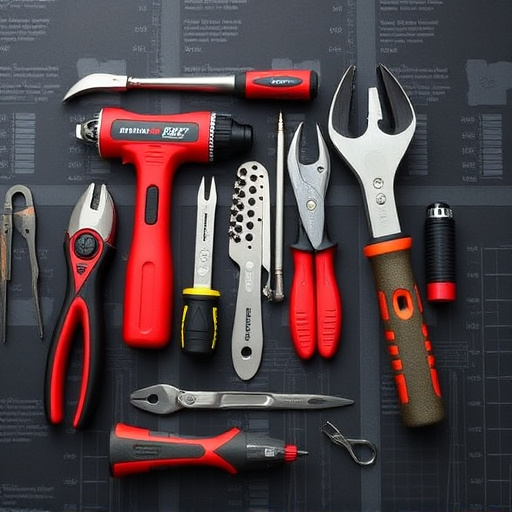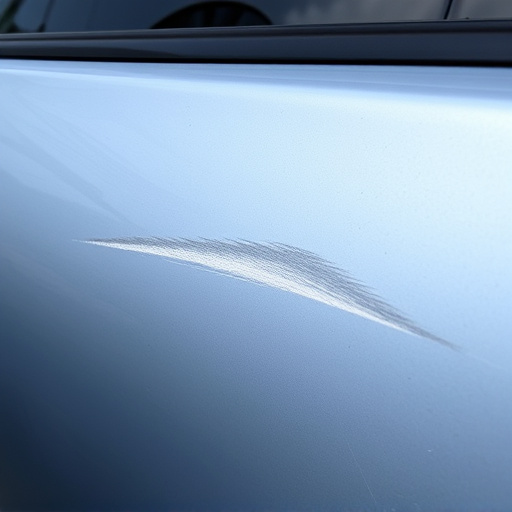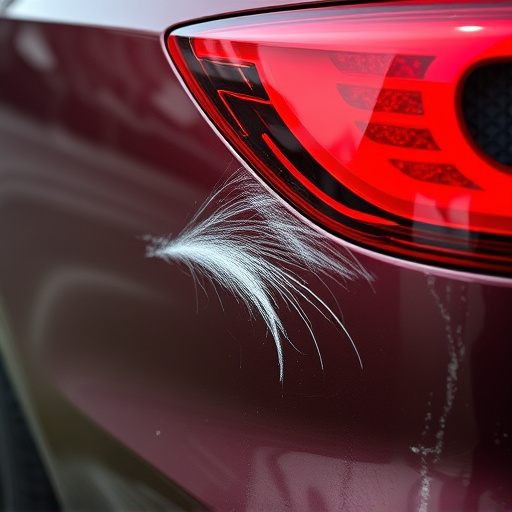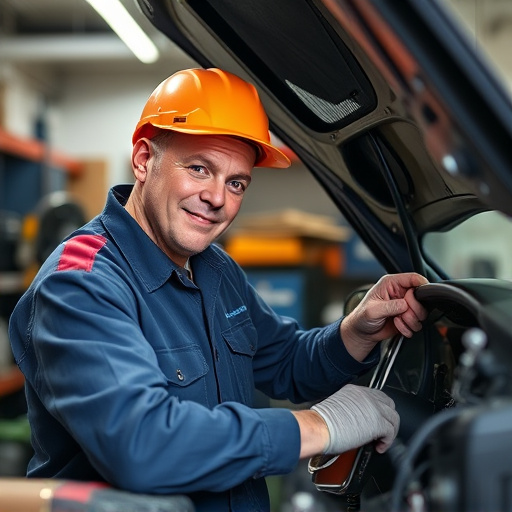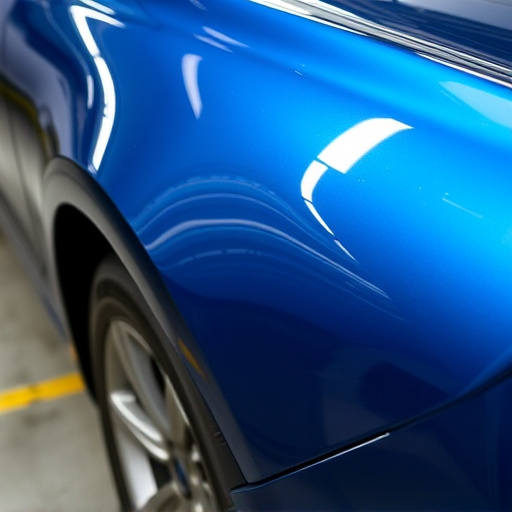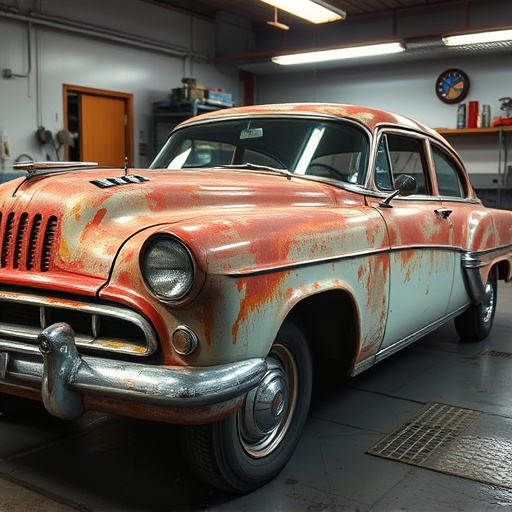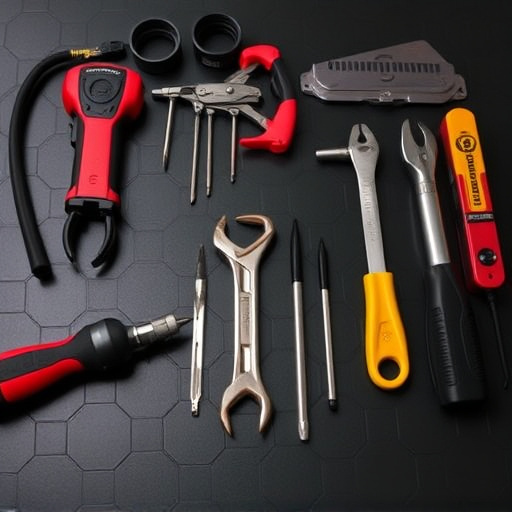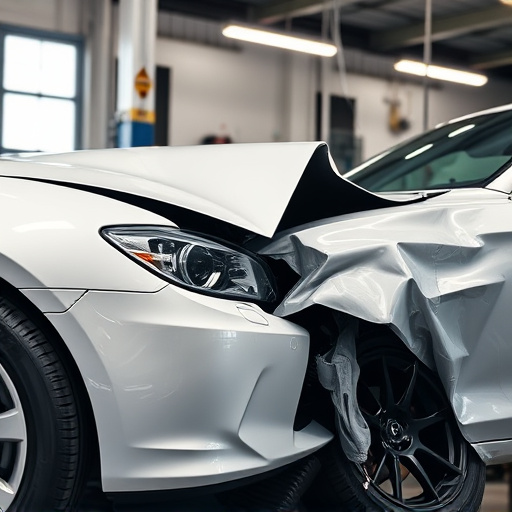Technicians in automotive and specialized fields face eye/face hazards from debris, sparks, chemicals, machinery. Recognizing these risks leads to use of protective eyewear like face shields, goggles, preventing injuries from high-impact situations, splashes, flying objects during tasks like welding, grinding, chemical handling. High-quality technician safety equipment, including proper eye protection, is vital for body repair, collision repair professionals, fostering a culture of safety and enabling confident work.
In the high-risk realm of technician work, safeguarding eyes and faces is paramount. Understanding common eye and face hazards—from flying debris to chemical splashes—is the first step towards enhancing technician safety equipment. This article delves into essential components of such gear, emphasizing proper implementation of eye protection practices for a comprehensive safety strategy. By adopting these measures, technicians can navigate their labyrinthine tasks with confidence, ensuring indelible protection against potential risks.
- Understanding Eye and Face Hazards in Technician Work
- Essential Components of Technician Safety Equipment
- Implementing Effective Eye Protection Practices
Understanding Eye and Face Hazards in Technician Work

In the fast-paced world of technician work, whether it’s automotive repair services or more specialized jobs like car dent removal and vehicle collision repair, understanding eye and face hazards is paramount for ensuring safety. Technicians often encounter a myriad of risks that can pose significant threats to their visual acuity and facial integrity. Debris from tools, sparks, chemicals, and even high-pressure streams of water used in certain processes can all become hazardous projectiles. Moreover, the proximity of technicians to potentially dangerous machinery requires constant vigilance to prevent accidents that could result in severe eye injuries or facial trauma.
Recognizing these hazards is the first step towards implementing effective technician safety equipment. Protective eyewear, including specialized face shields and goggles, serves as a crucial barrier against these dangers. These devices are designed to withstand high-impact situations, safeguarding technicians from flying objects and splashes of hazardous substances during tasks such as welding, grinding, or handling chemicals. Investing in high-quality, well-fitting eye and face protection is not just about adhering to safety standards; it’s a proactive measure that fosters a culture of safety within the workplace, enabling technicians to perform their duties with confidence and peace of mind.
Essential Components of Technician Safety Equipment

Technician safety equipment is a crucial component for any professional working in the automotive industry, particularly those involved in vehicle body repair and car collision repair. The essential components of such gear include eye protection and facial shielding, designed to safeguard against potential hazards. These hazards can arise from various sources, including flying debris, sparks, and toxic fumes during intensive tasks like welding or painting.
Proper eye and face protection, often in the form of safety goggles or full-face shields, are indispensable for technicians working on vehicle collision repair projects. They create a protective barrier, preventing small particles, splashes, or even larger projectiles from causing serious eye injuries or infections. In the dynamic environment of vehicle body repair, where precision meets intensity, technician safety equipment is not just recommended but essential for maintaining a safe and healthy work environment.
Implementing Effective Eye Protection Practices
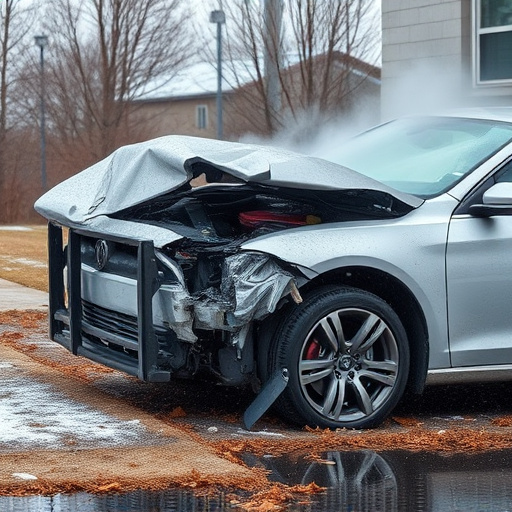
Implementing effective eye protection practices is paramount for technicians working in industries like auto body repairs and fleet repair services. Exposure to flying debris, chemical splashes, or even intense light can cause serious eye injuries, with some damage being permanent. Therefore, incorporating proper eye and face protection into technician safety equipment is not just a regulatory requirement but also a proactive measure to safeguard against potential hazards.
Proper eye protection includes the use of high-quality goggles, safety glasses, or specialized face shields designed to shield against specific risks. For instance, auto body repairs often involve dust, fumes, and small debris that require durable, impact-resistant eyewear. In fleet repair services, where work may include cutting and welding, protective gear must be able to withstand extreme heat and sparks. Regular training on proper use and maintenance of these devices ensures their effectiveness in any technician safety equipment kit.
Protecting a technician’s eyes and face is paramount for ensuring their overall safety and well-being. By understanding the potential hazards and implementing effective eye protection practices, technicians can significantly reduce the risk of injuries. Essential components of technician safety equipment, such as high-quality goggles or faceshields, should be mandated in work environments to safeguard against flying debris, chemical splashes, and other risks. Adhering to these safety protocols not only protects individuals but also fosters a culture of productivity and efficiency within teams, ensuring that technicians can perform their duties without concern for eye or face injuries.
